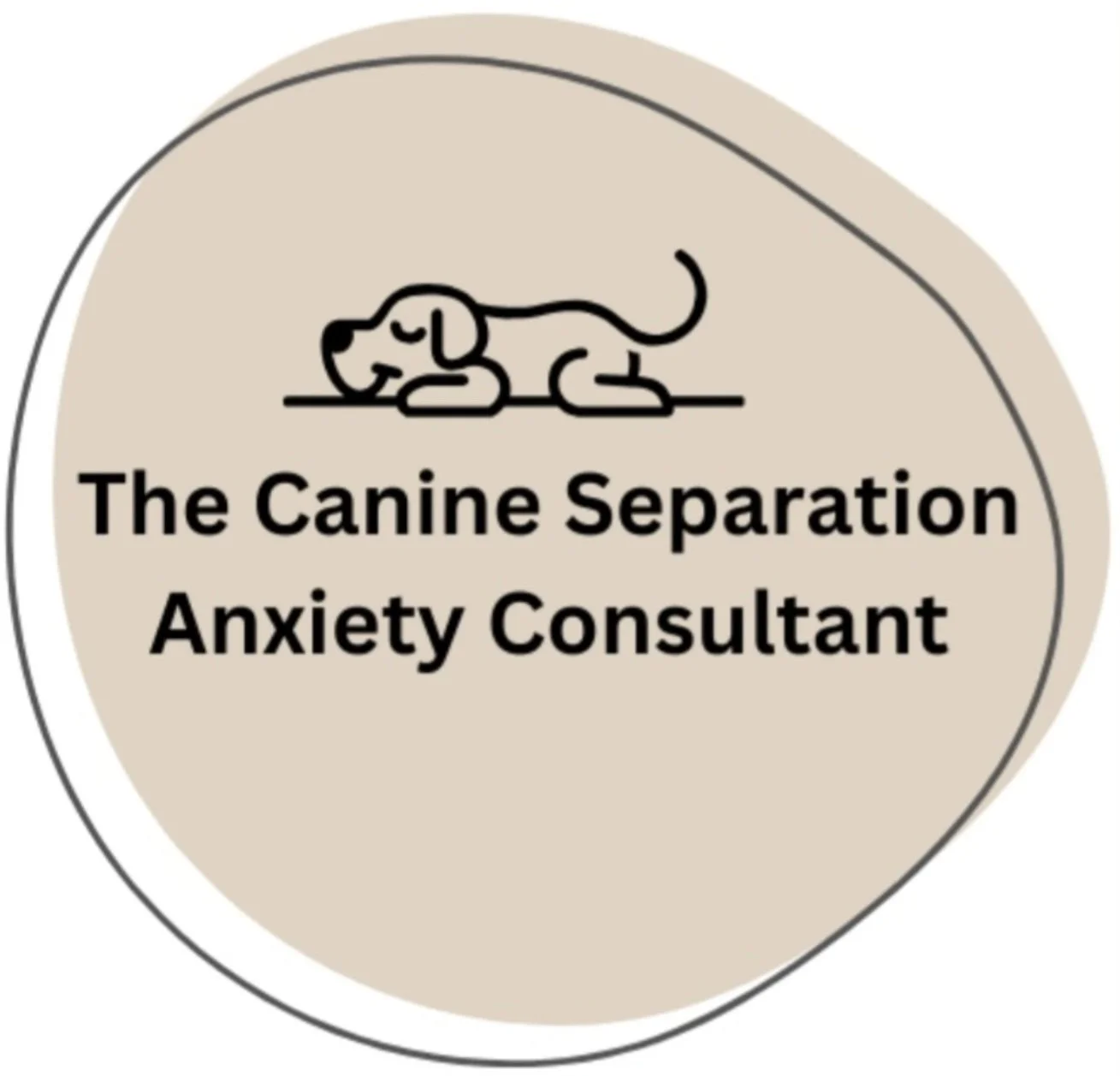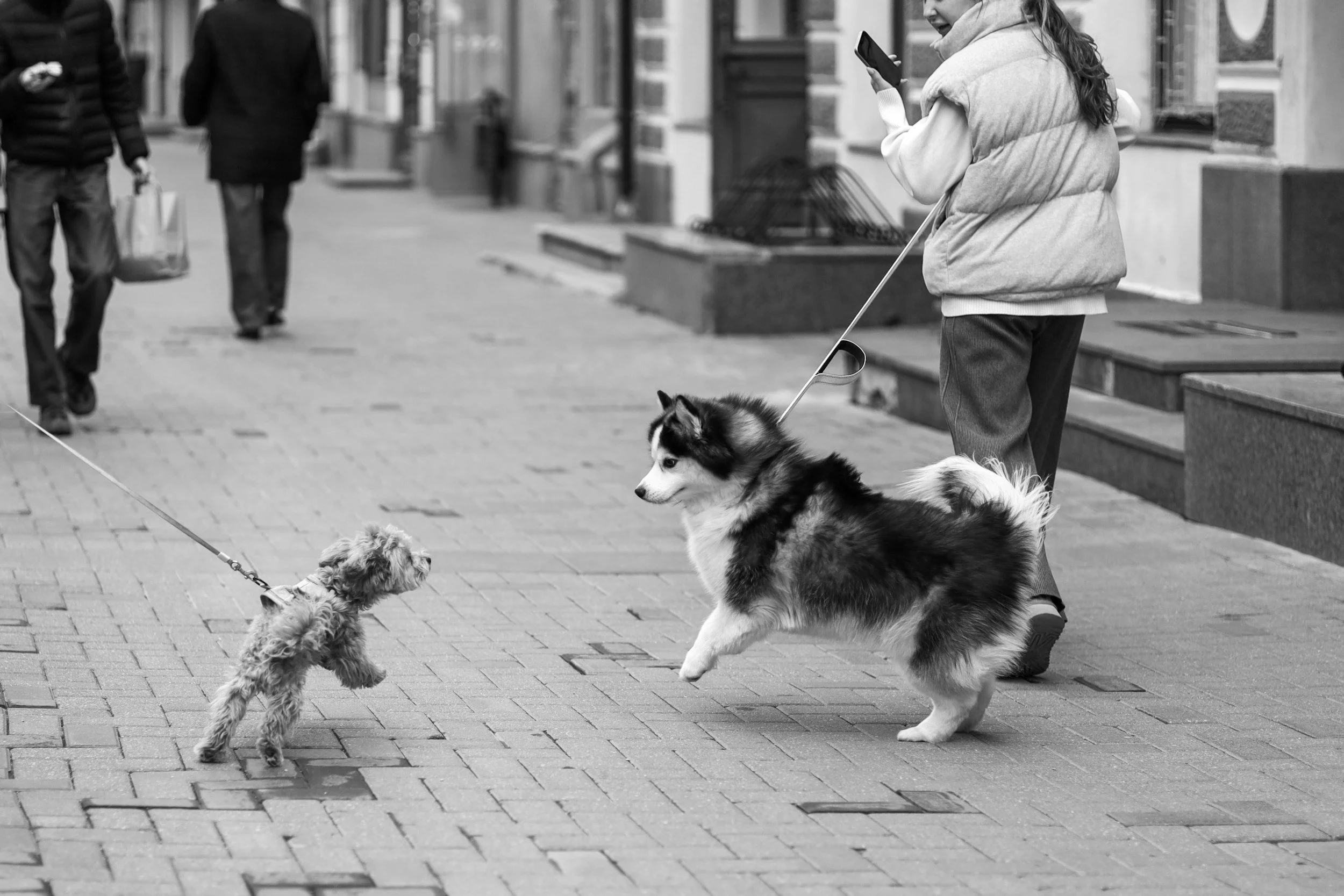Why the Separation Anxiety Training Plan You Found Online Probably Is Not Going to Work for Your Dog
Generic separation anxiety plans rarely work because they ignore your dog’s fear threshold, individual learning pace and the real-life factors affecting their stress levels. Find out why your dog needs a tailored, gradual approach and how working one to one with a qualified professional can transform their progress.
Why This Separation Anxiety Training Is Different to Anything You’ve Tried Before
If you’ve tried to help your dog with separation anxiety but nothing seems to work, you’re not alone. Many common tips, like food toys, leaving them to “get used to it”, or crate training, don’t address the real problem. Discover how tailored, evidence-based training can make the difference.
Why Working with a Dog Trainer Should Be Your First Step, Not Your Last Resort
When your dog starts showing problem behaviours, it’s tempting to try and fix things on your own. But working with a professional trainer shouldn’t be a last resort. The right support early on can save you time, stress, and confusion, especially with issues like separation anxiety. A specialist trainer brings structure, clarity, and insight, helping you and your dog make steady, confident progress together.
Thinking of Getting a Second Dog to Fix Separation Anxiety? Here’s Why That’s Not the Answer
Thinking of getting a second dog to help your anxious pup? While it might seem like a simple solution, separation anxiety is a phobia, a fear of being alone or separated from their person, and adding another dog rarely fixes the problem. In fact, it can sometimes increase stress for both dogs and lead to higher costs and more behavioural challenges. Learn why a second dog isn’t the answer, and how tailored separation anxiety training can help your dog feel calm and confident when home alone.
My Dog Can’t Have Separation Anxiety, They…
You might think your dog can’t have separation anxiety because they sleep downstairs, stay quiet when you leave, or seem fine with the dog walker. But it’s not always that simple. Separation anxiety can look very different from what you’d expect.
Christmas Tips for Dogs with Separation Anxiety: How to Prepare Now
The festive season can be overwhelming for dogs with separation anxiety. Changes in routine, noisy gatherings, and more time away from home can all make symptoms worse. The key is preparing now, from suspending absences to arranging reliable dog care, so your dog can feel safe and supported while you enjoy the celebrations.
What Are Warm-Ups in Separation Anxiety Training (And Why Your Dog Needs Them)
Warm-ups are a crucial part of separation anxiety training, helping your dog build confidence through short, positive departures. Discover how these simple, structured exercises set your dog up for calm, successful alone time and steady progress.
Why Dogs Get Separation Anxiety: Understanding the Root Causes
Separation anxiety is one of the most common behaviour issues in dogs, but it’s often misunderstood. From early life experiences and maternal influences to health, pain, and even sudden changes in routine, there are many reasons why a dog may struggle when left alone. Understanding these root causes is the first step to easing your dog’s stress and helping them feel calm and confident at home.
Why TikTok Is Ruining Your Relationship With Your Dog
TikTok is full of adorable dogs, clever tricks, and heart-warming moments, but spending too much time on the app could actually harm your bond with your own pooch. From unrealistic comparisons to bad training advice, and even new anxieties you didn’t have before, here are five surprising ways TikTok might be ruining your relationship with your dog, and what to do instead.
Breed Fulfilment: Why Meeting Your Dog’s Needs Can Help With Separation Anxiety
Many dogs struggle with separation anxiety, but one overlooked factor that can make things worse is unmet breed needs. Every dog was bred with specific instincts, from herding and retrieving to digging and running. When these drives aren’t fulfilled, stress builds — and separation anxiety often follows. By recognising and meeting your dog’s natural instincts, you can reduce frustration, lower stress, and give them the resilience they need to cope with time alone.
Success Story: Gaia the Husky Cross – From Distress to Relaxed Independence
When Gaia, a Husky cross, was first left alone, she struggled with destructive chewing, howling, panting, and accidents in the house. Her owners were surprised to discover that her anxiety began even before they walked out the door. With a tailored training plan, close support, and her family’s commitment, Gaia’s progress has been remarkable. From being unable to cope with her owner simply standing up, to calmly napping through a full 7.5 hours alone, Gaia’s story shows just how much is possible with the right approach to separation anxiety.
The Risks of Overtraining in Dog Separation Anxiety Training
When it comes to separation anxiety training, more isn’t always better. Pushing your dog too far, too fast can undo progress and increase their stress. Discover the risks of overtraining, why rest days matter, and how sticking to a structured plan helps your dog build lasting confidence when left alone.
Why Crates Aren’t the Answer for Dogs With Separation Anxiety
Many owners turn to crates to manage separation anxiety in dogs, hoping to prevent damage or accidents. But for anxious dogs, confinement often makes things worse. Crates restrict emotional expression, mask early signs of stress, and can push dogs into panic. The real solution isn’t about containment — it’s about building calm and confidence through gradual, tailored training.
How to Be Kinder to Yourself When Living With a Dog With Separation Anxiety
Caring for a dog with separation anxiety can be overwhelming, but looking after yourself is just as important as supporting your dog. From training only five times a week to celebrating small wins and finding trusted care, here are five simple ways to be kinder to yourself while helping your anxious dog.
How Long Will It Take to Solve My Dog's Separation Anxiety?
If you’re wondering how long it will take to fix your dog’s separation anxiety, you’re not alone — and the answer might not be what you expect. There’s no magic timeline, and rushing the process can actually make things worse. In this blog, I’m sharing what really influences your dog’s progress, the common mistake that can undo weeks of training, and why skipping one crucial step at the start could slow everything down. If you’re feeling stuck or unsure where to begin, this is for you.
Understanding the Training Process for Separation Anxiety in Dogs
Separation anxiety training isn’t about pushing your dog to cope — it’s about teaching them that being alone is safe. Using a gentle, evidence-based approach called gradual desensitisation, we start where your dog is comfortable and build from there. This blog explains how we work through door desensitisation using Door Is a Bore, remove triggering departure cues, and progress to calm alone time with structured support at every step.
What Is Separation Anxiety in Dogs? Recognising the Signs and Getting Support
If your dog finds it hard to cope when left alone, you're not alone – and it's not your fault. Separation anxiety is a common but often misunderstood condition in dogs that can cause real emotional distress. In this post, we explore how to recognise the signs, from the obvious to the subtle, and explain why early support is key to helping your dog feel calm and secure when home alone.
Why I Don’t Use Food in Separation Anxiety Training , And Why It Might Be Holding Your Dog Back
Is food holding your dog back from overcoming separation anxiety?
It’s a question many dog guardians never think to ask, especially when food is such a powerful tool in most training. But when it comes to treating separation anxiety, food toys like Kongs, lickmats, and puzzle feeders often do more harm than good. In this blog, I’ll explain why Certified Separation Anxiety Trainers avoid using food in training plans, and how relying on it could be the very reason your dog isn’t making progress. Discover what really works, and why distraction is not the same as recovery.
Trigger Stacking in Dogs: What It Is and How It Impacts Separation Anxiety Training
Trigger stacking is a critical but often overlooked concept in dog behaviour, especially when it comes to treating separation anxiety. When multiple stressors pile up, even small ones they can push a dog beyond their emotional limit, making it harder for them to cope with being alone. In this post, we explore what trigger stacking is, how it affects your dog’s stress levels, and why understanding it can make or break your separation anxiety training plan.
Assessing Your Dog Before Separation Anxiety Training: Why It Matters and How to Do It
Before you begin separation anxiety training, it’s essential to understand what your dog can cope with right now. This blog explains why a proper assessment is crucial, how to spot subtle signs of stress, and provides a step-by-step guide to help you identify your dog’s current threshold. Starting at the right level sets the foundation for long-term success, and ensures your dog feels safe every step of the way.



















